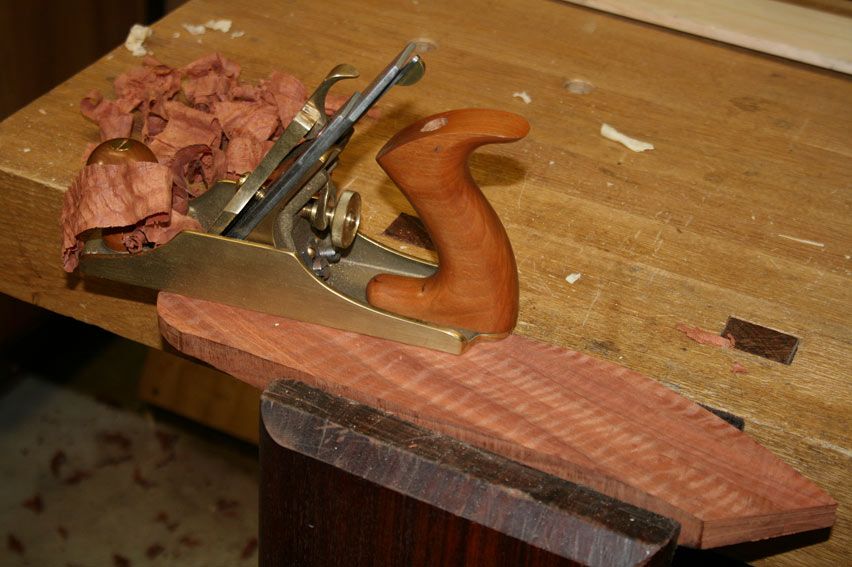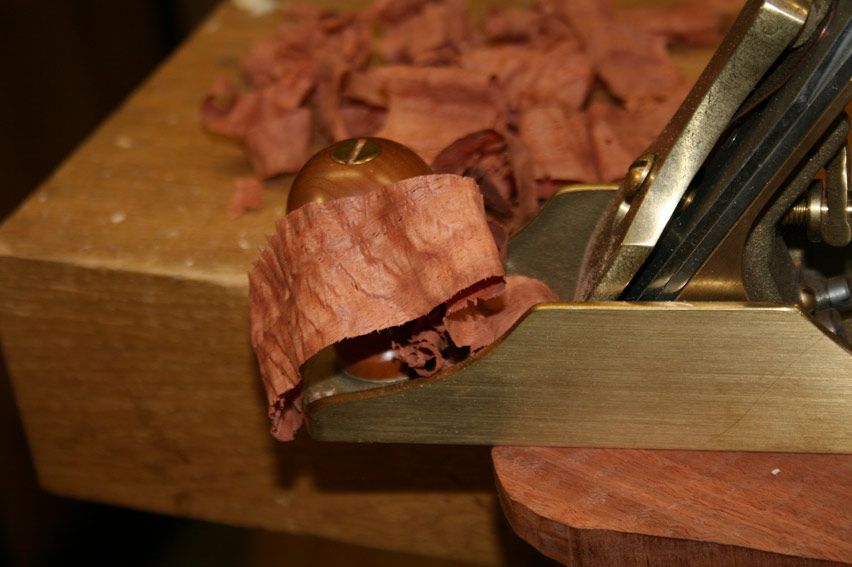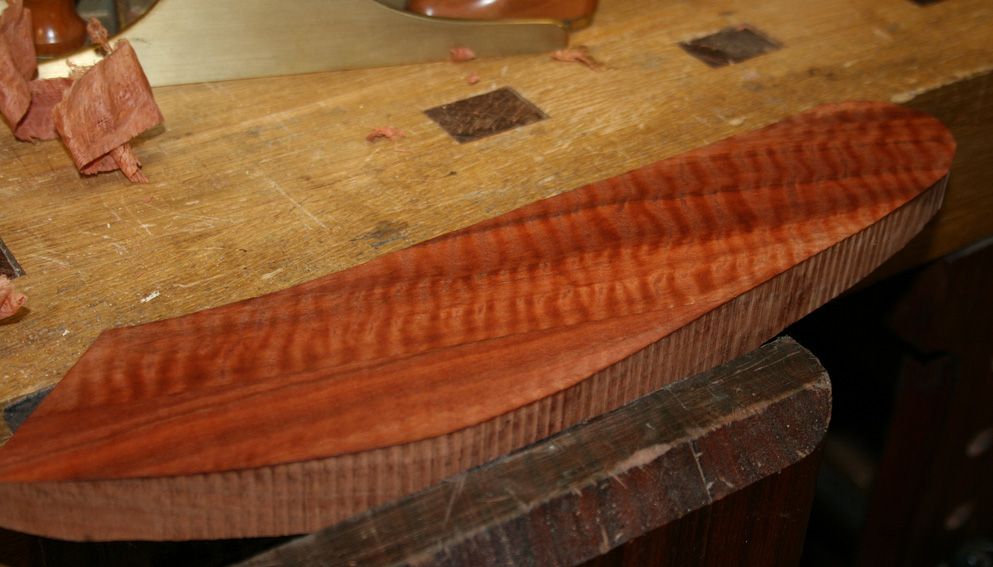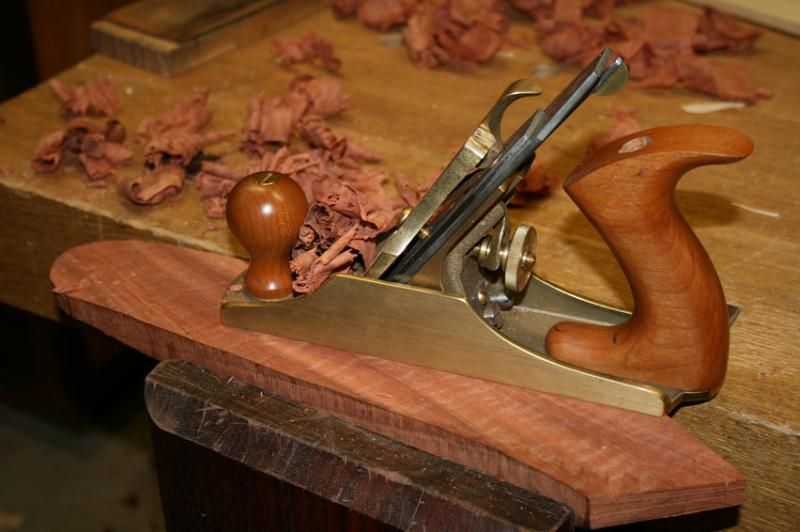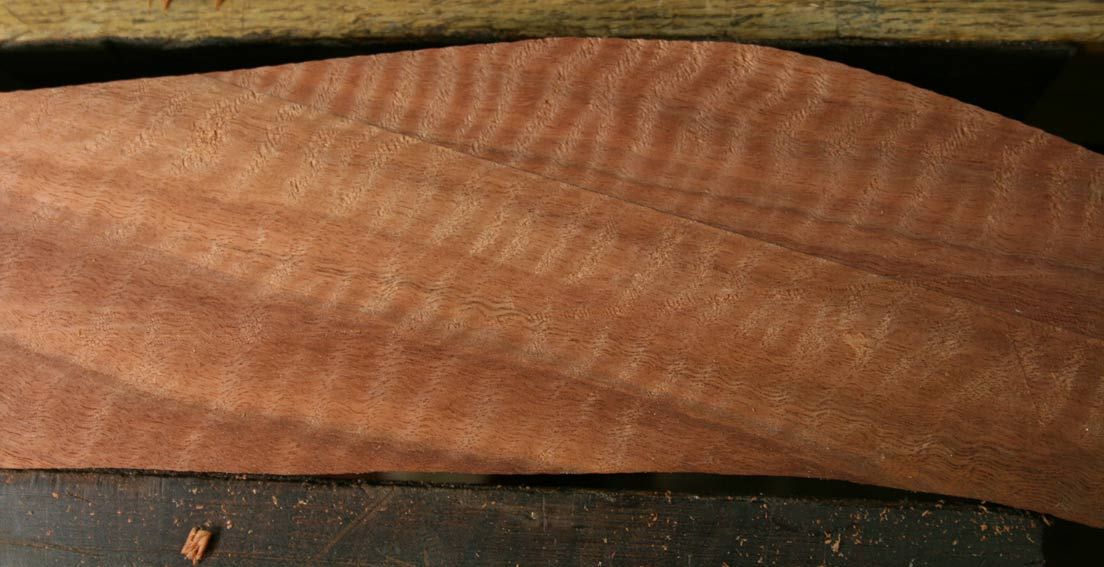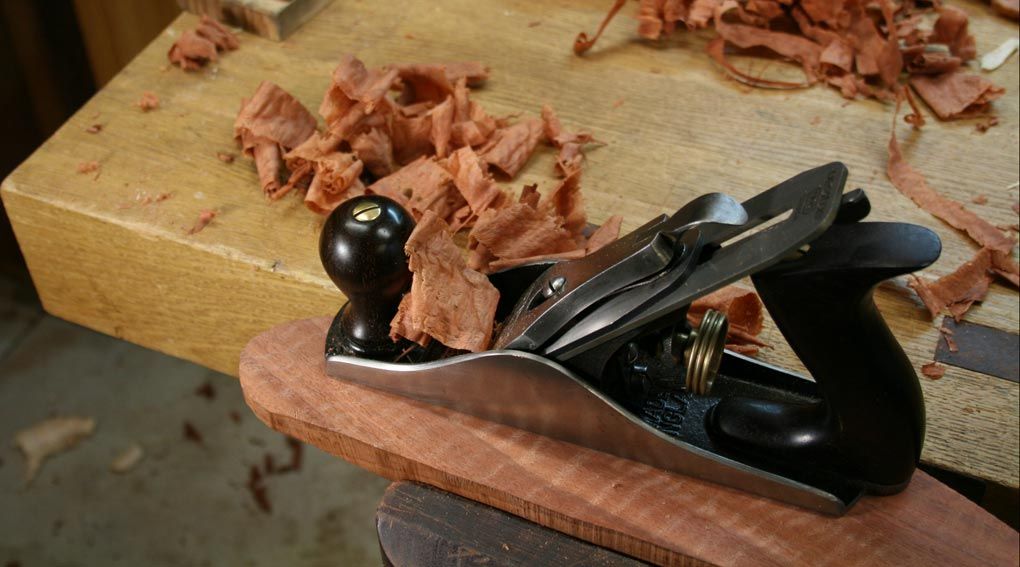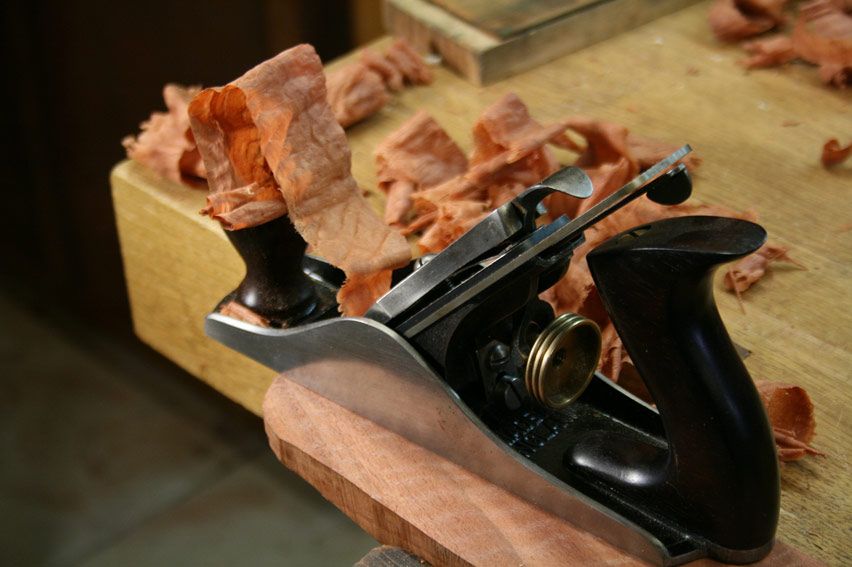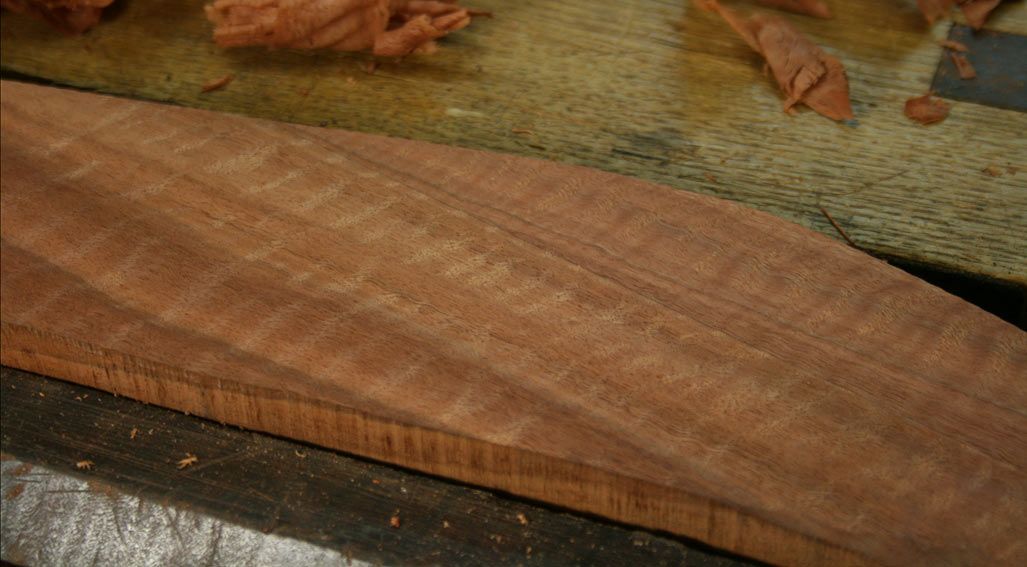
Originally Posted by
Kees Heiden

Hi Gary,
Thanks for your comment. Chatter has the habbit of being triggered somehow. It appears suddenly somewhere in the middle of a board. The Stanley plane isn't known as the most chatter resistant design ever made. Especially with the thin original blades you can have some trouble now and then.
In the situation I wrote about, I tested the Stanley plane on a piece of curly wallnut. 45 degree to 55 degree gave no chatter problems, and resulted in a smooth results. Likewise with the capiron settings of 0.3 to 0.1 mm from the edge, no problem at all, smooth surface. But the 60 degree cutting angle suddenly produced a remarkable amount of chatter. Because you write about resonance, would it be some kind of harmonic resonance where the cutting action excites a frequency which happens to be the same as the natural frequency of the plane blade? But why didn't the chatter happen at 55 degrees, which is the same blade, bedded the same way, only with a slightly different backbevel?
Then I ripped the board in half so it was 2cm wide, and the chatter went away. The same plane setup, the same wood, no chatter. Reducing the cutting width reduces the forces on the edge. These things sure get complicated!
BTW, the chatter had no influence on the tearout.




 Reply With Quote
Reply With Quote It has a different meaning than "you're doing it wrong", though, but I should've done it elsewhere since this place doesn't have that convention - I'd love to get it going, though
It has a different meaning than "you're doing it wrong", though, but I should've done it elsewhere since this place doesn't have that convention - I'd love to get it going, though 




